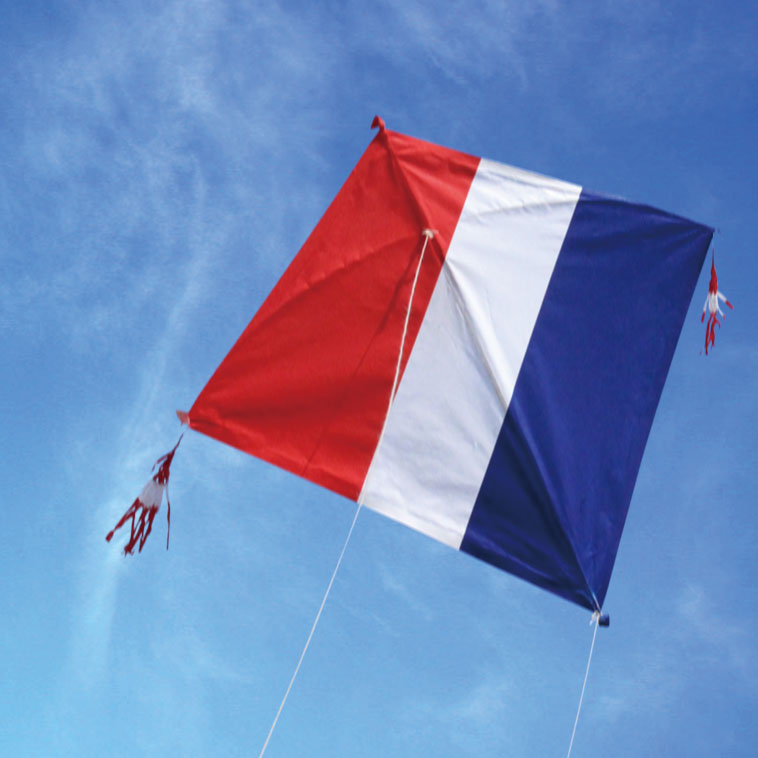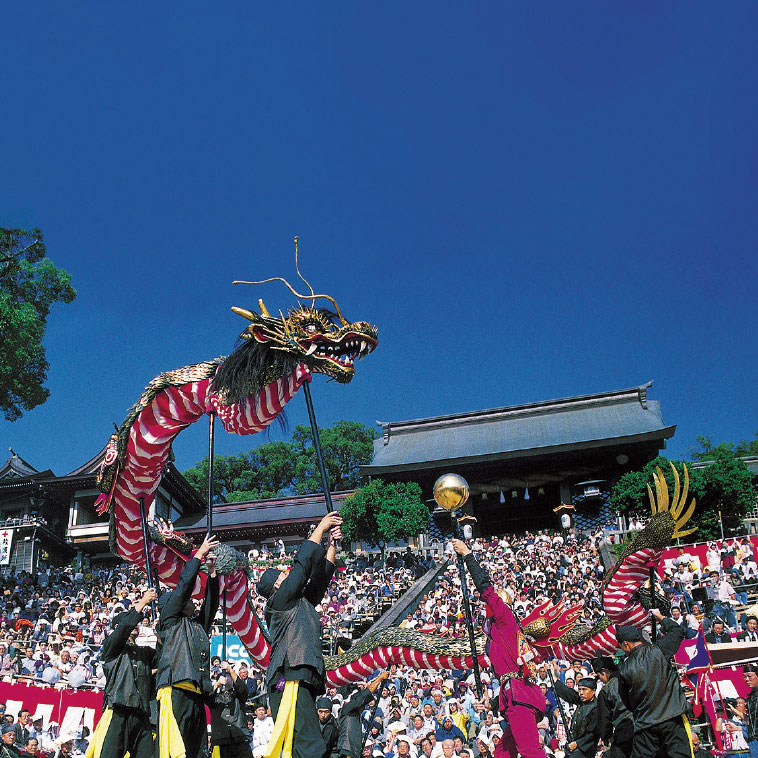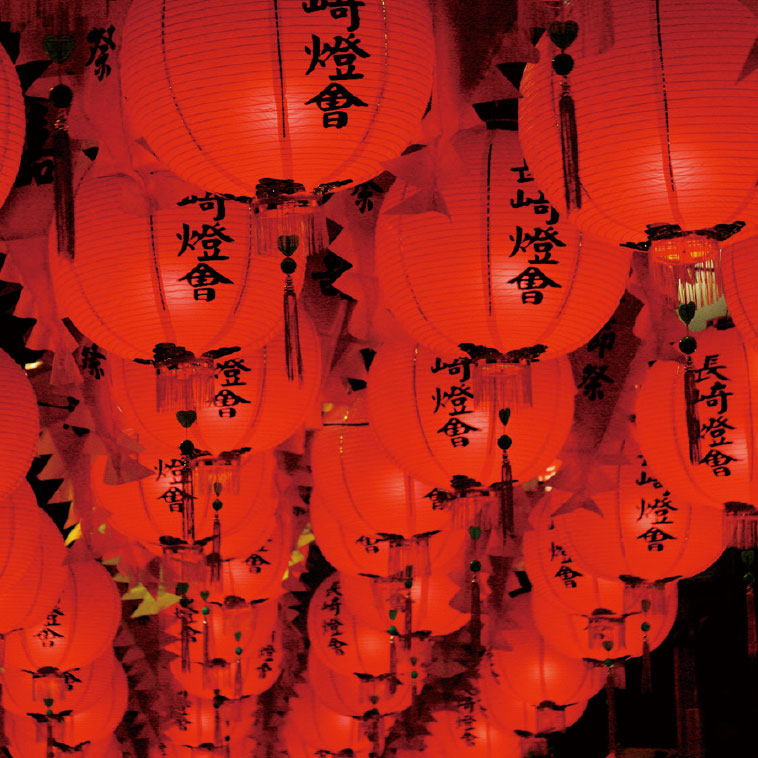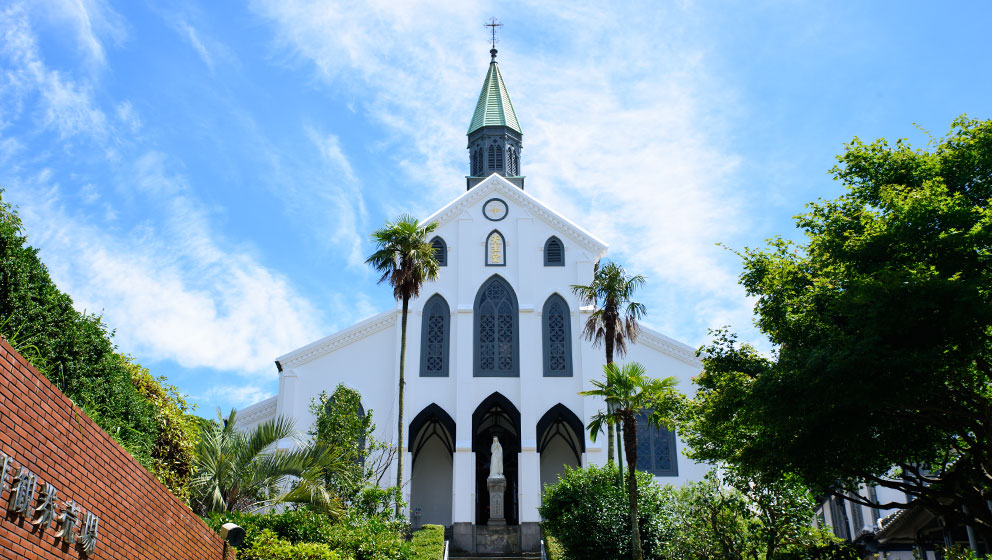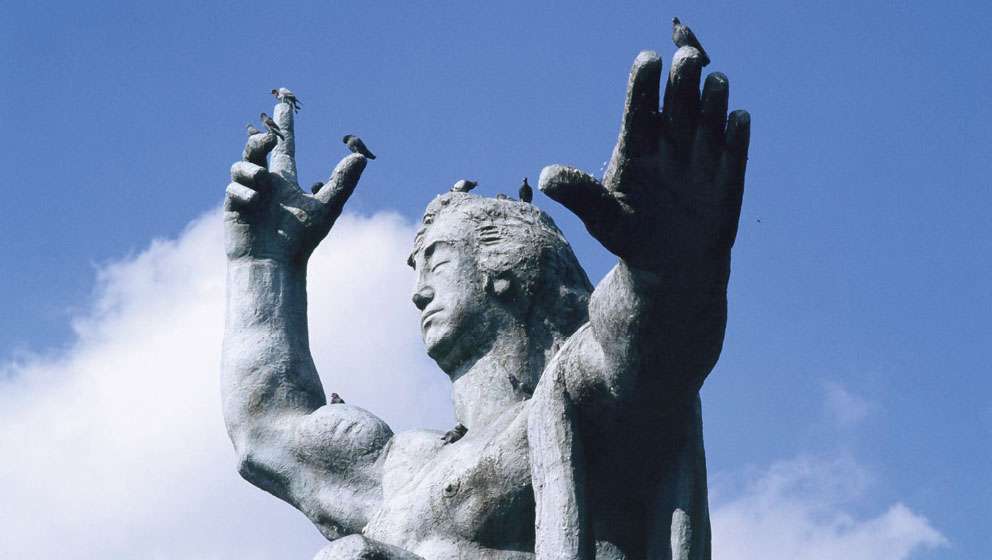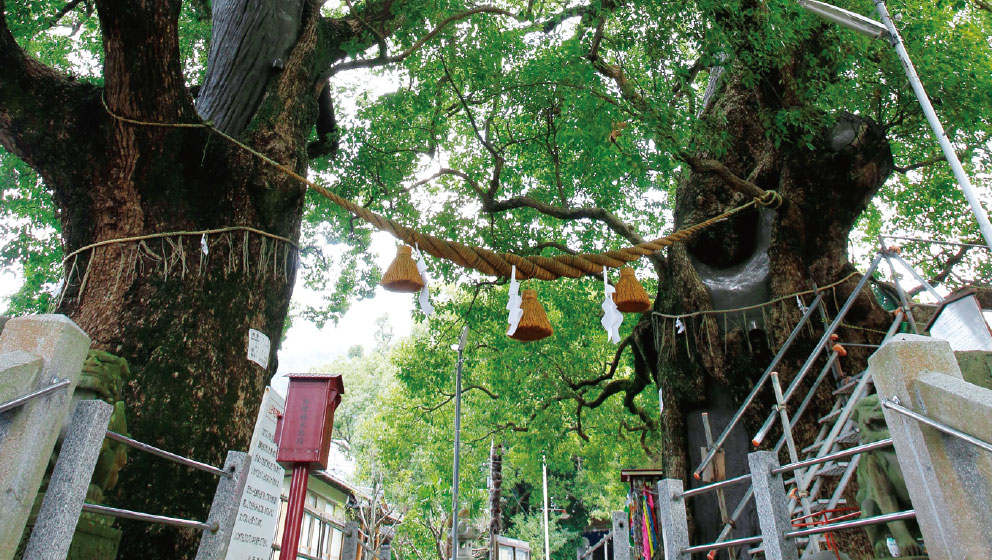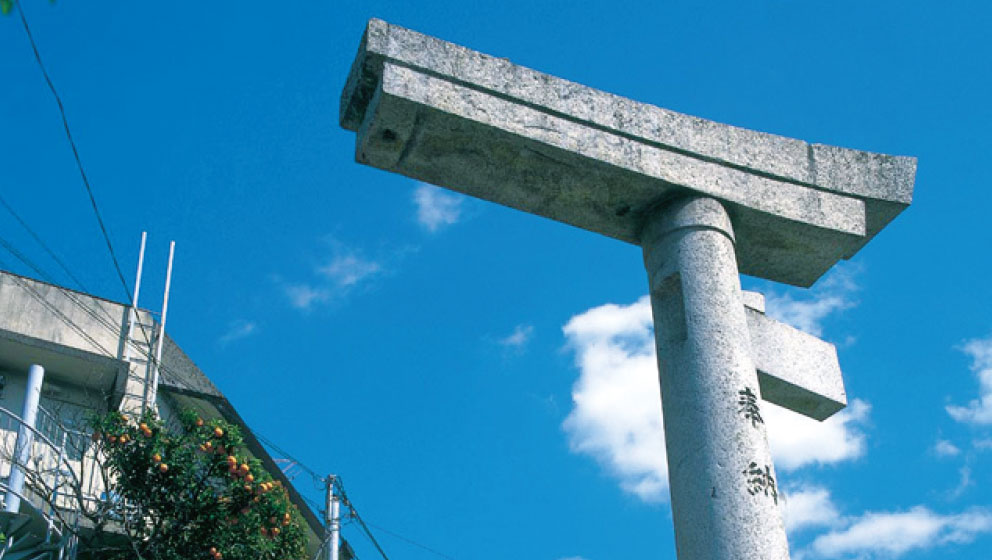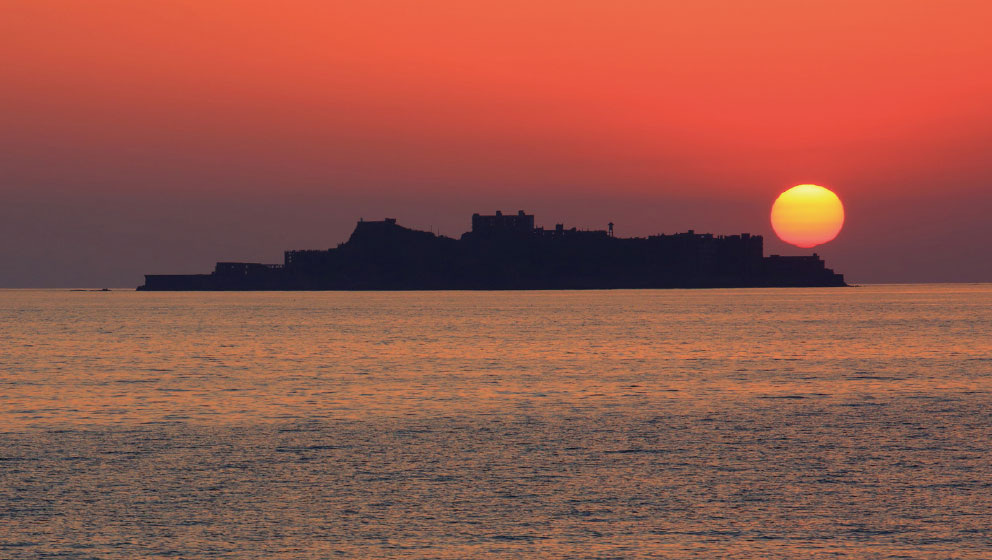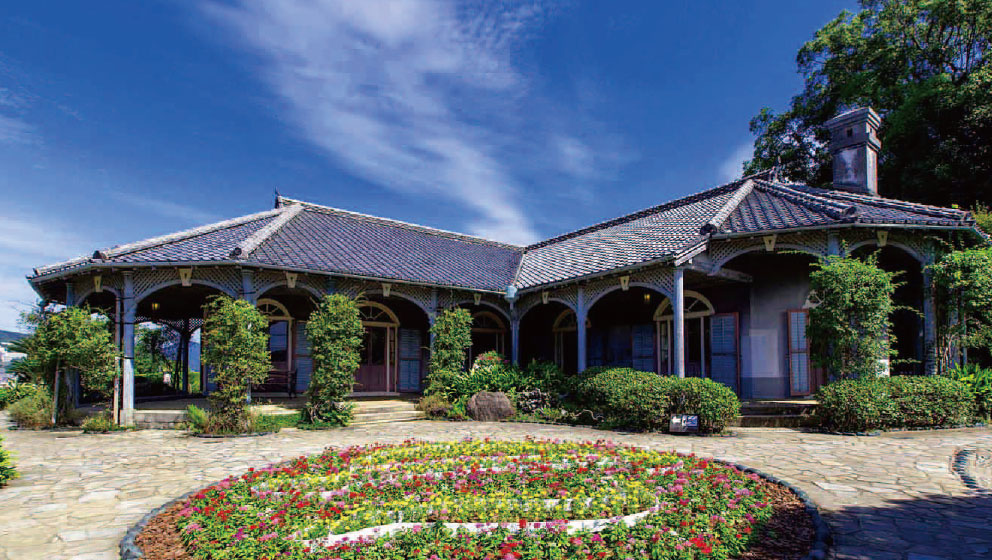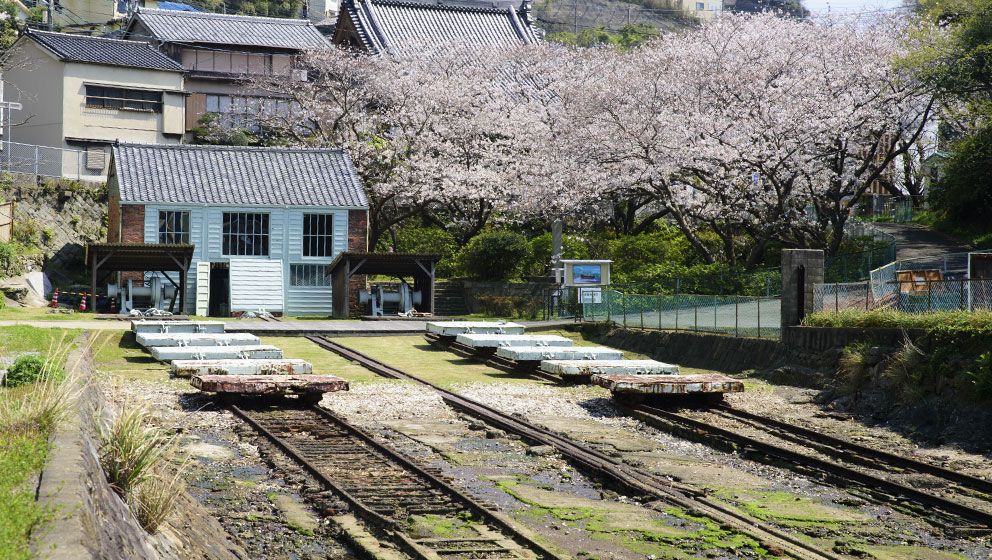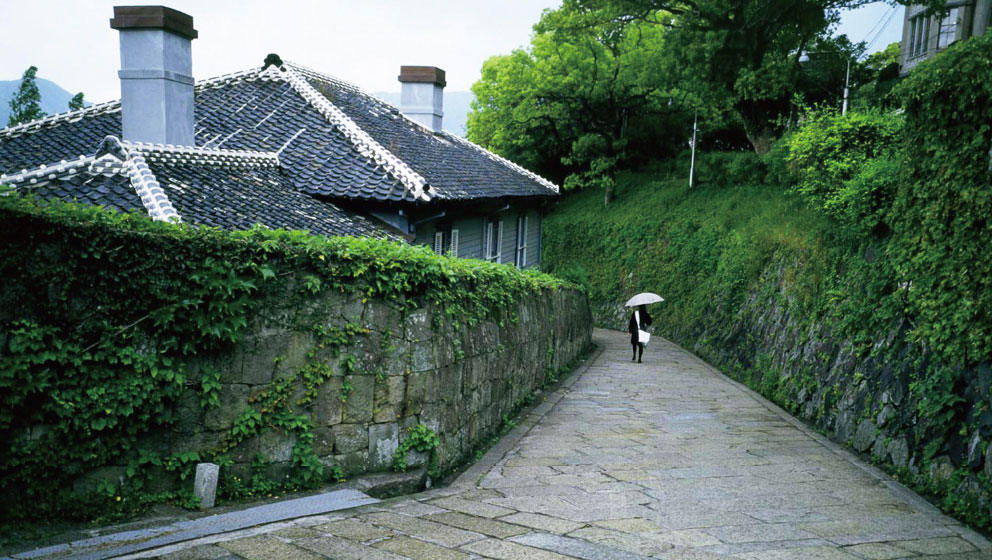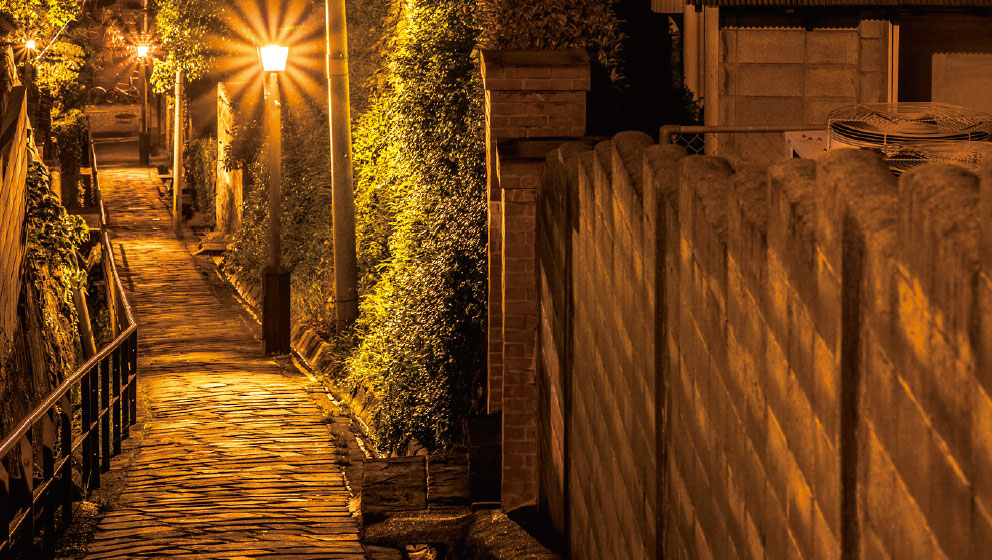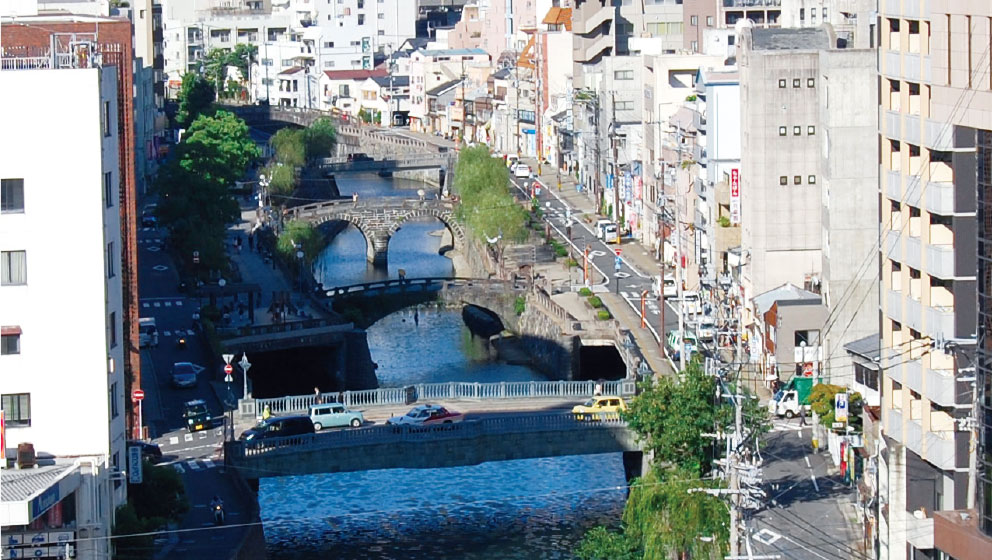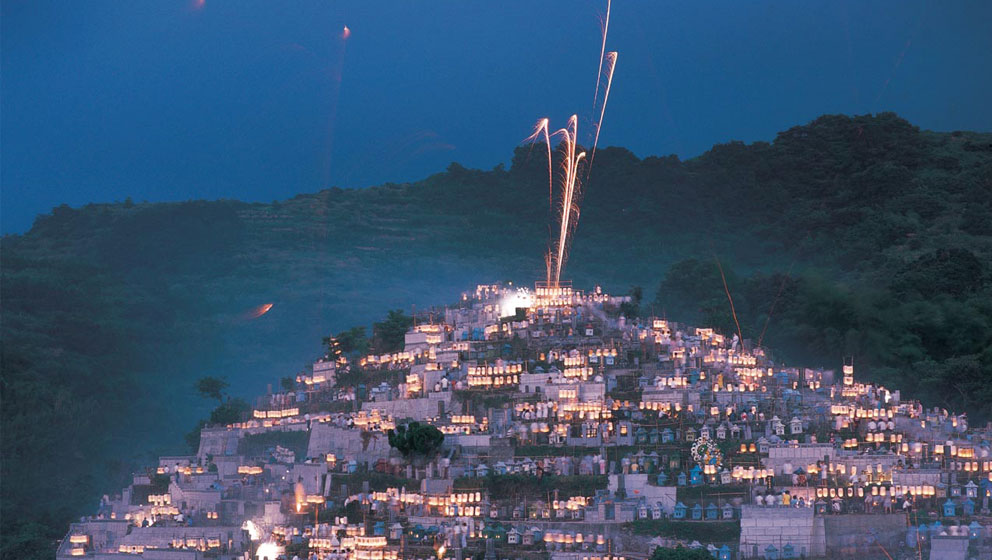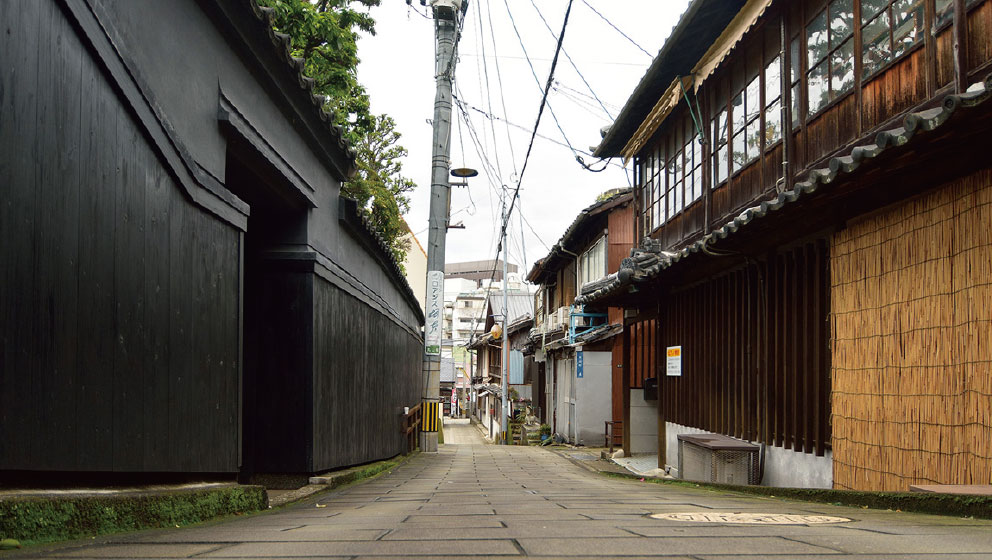A City of Legacies
Nagasaki has a long and rich history of interacting with the outside world. As Japan's leading cosmopolitan city, with a deep history of trading dating back to the 16th century, Nagasaki can boast many of Japan's “firsts” and unique cultures that cannot be found anywhere else in Japan.
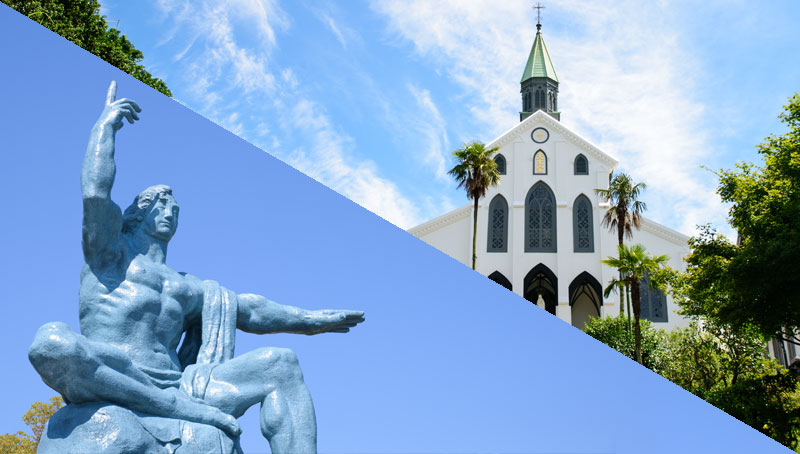

Peace
Through the devastation caused by the atomic bomb, Nagasaki is a city committed to the legacy of peace and leads to build a better world with all nations. Learning from the history, every year Nagasaki has been hosting peace conferences, national and international, including highly profiled ones with world leaders attending. Earlier in the history, Nagasaki was the city where surviving Christians were discovered despite persecution to eradicate Christianity. Having endured these great sufferings, one of the Nagasaki’s missions is to send out a message of peace and harmony to the world. Pope Francis paid a respectful visit to Nagasaki in 2019 and urged the world for the happiness of mankind by a spirit of devotion to peace.
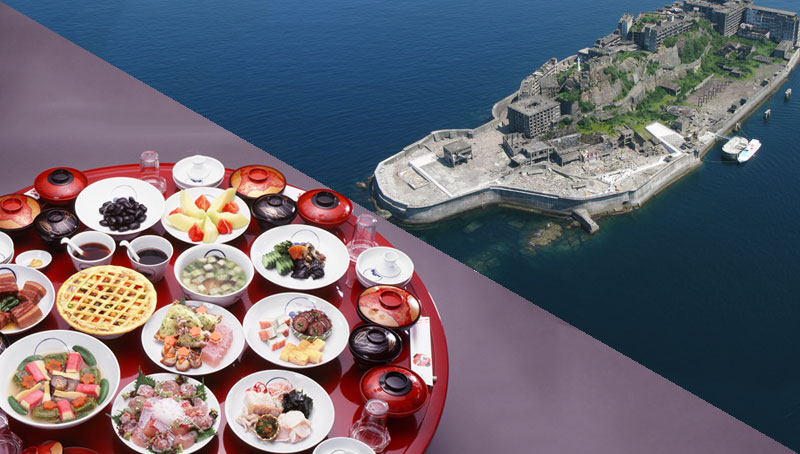

History and Culture
During the Japan's isolation period (1639-1853), the Port of Nagasaki was the only port open to foreign countries, thus Nagasaki was developed into an international trading port. Through influxes of Western and Chinese cultures and skills Nagasaki has grown into the nation’s most notable melting pot of cultures with lifestyle which cannot be seen anywhere else in Japan. From architecture, cuisine to festivals all have taken on a multicultural flavor to add vibrancy to this amazing port city. Therefore, Nagasaki welcomes and embraces new ideas without hesitation. With history and its culture so unique, Nagasaki is designated with many national landmarks and today it boasts with two UNESCO World Heritage Sites.
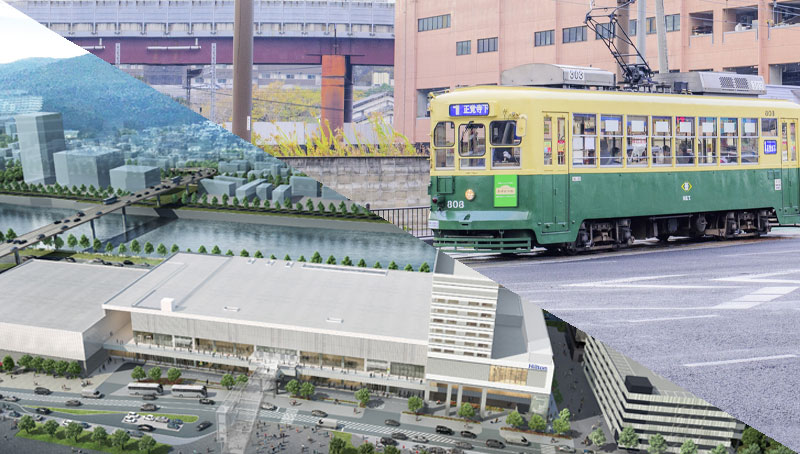

Compact City
As an ideal convention city, Nagasaki is compact and almost anything is within a walking distance. Dejima Messe Nagasaki, the newest and the largest convention center, scheduled to open in November, 2021, is centrally located close to the JR Nagasaki Station, the local tram station and the city center where major hotels are located. The facility includes a convention hall capacity of 3,000, an exhibition hall, foyers and over 20 meeting rooms to accommodate any size of conventions or events. To and from the facility, the local tram network provides affordable and convenient access to all major hotels, other venues, the city center and attractions.


Key Industries
Throughout the history, Nagasaki has advanced in shipbuilding, fishery industry, tropical medicine and radiological science. Nagasaki University, a prestigious national university, has been closely collaborating in these fields with the government and business sectors welcomes partnerships for advancement. Therefore, academic conferences are regularly hosted by the university such as “International Conference on Fisheries Engineering” and “Conference on Advances in High Temperature Materials.” While Mitsubishi Heavy Industries group companies have built a solid foundation in shipbuilding and enabled the city to ascend as the world’s premier shipbuilder.
